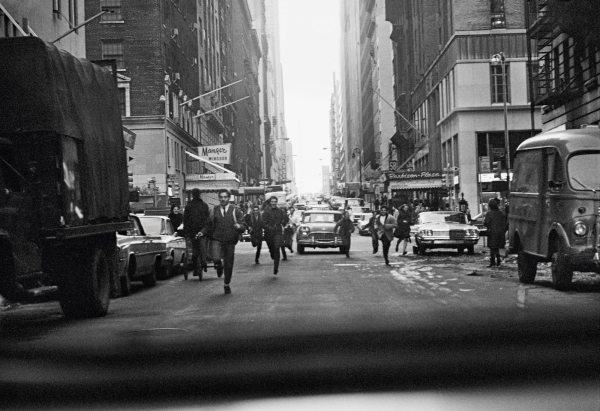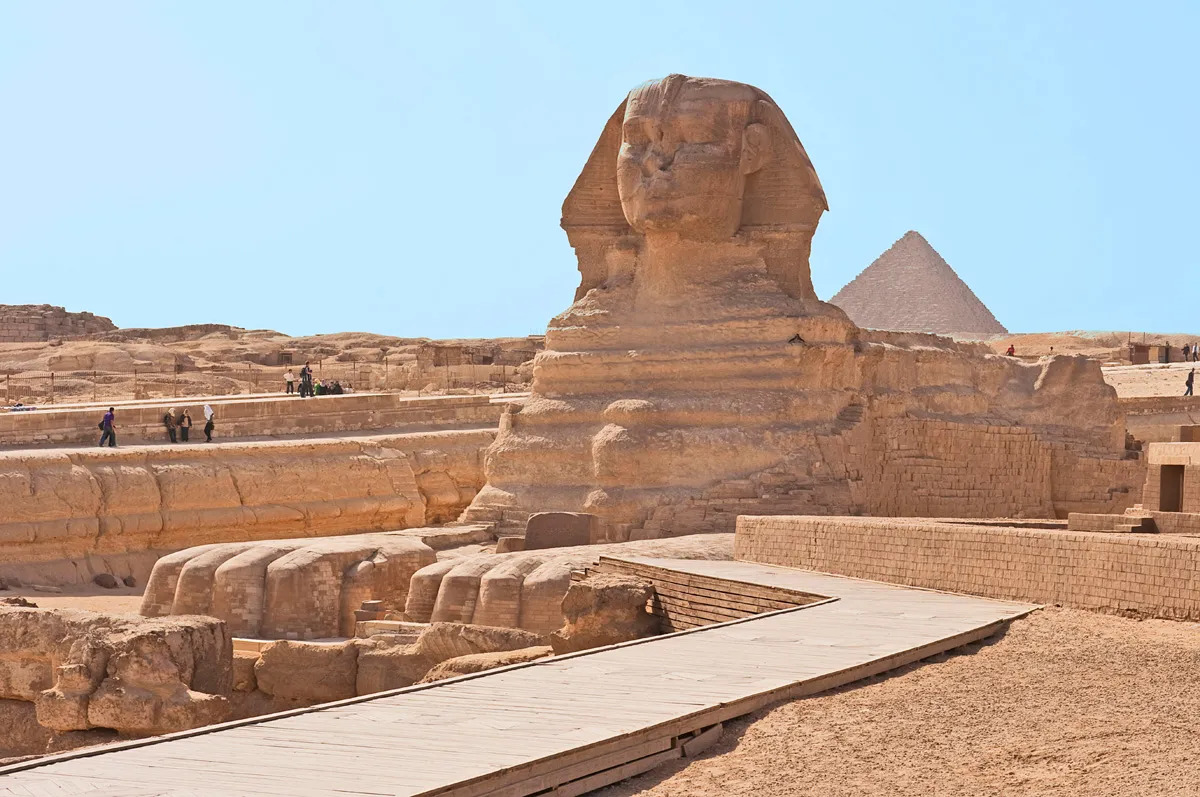On May 4, pro-Palestine protestors found themselves in police custody following their demonstration at the Art Institute of Chicago, a museum renowned for its high visitor numbers.
The People’s Art Institute, an organization led by students from the School of the Art Institute of Chicago, took to Instagram to voice their demand for the museum and the university to “divest from all entities and individuals financially supporting the Zionist occupation of Palestine.”
The protest unfolded on the North Lawn of the Art Institute of Chicago, against the backdrop of iconic outdoor sculptures by David Smith and Henry Moore. As reported by the New York Times, the school attempted to relocate the demonstrators and suggested an alternative site. However, according to a museum spokesperson, the protestors refused to comply. Allegations arose that some individuals engaged in aggressive behavior, including surrounding and pushing a security officer, stealing their keys, obstructing emergency exits, and barricading gates.
The Chicago Police Department said on social media that they would explain their presence at the encampment on Saturday morning, stating their intention was to ensure the safety of all involved in the demonstration and those in the vicinity. Contrary to aggression claims, The People’s Art Institute asserted that the protests remained peaceful.
According to a spokesperson from the museum, negotiations ensued with SAIC student protesters, offering amnesty from academic repercussions and trespassing charges if they relocated. Additionally, the School agreed to discuss their demands with the student group. Despite several hours of dialogue, an agreement proved elusive. Subsequently, the museum appealed to the Chicago Police Department to conclude the protest safely, leading to arrests after repeated opportunities for protestors to disperse.
The CPD reported the arrest of 68 individuals on Saturday for trespassing, marking the latest instance of mass detainment at pro-Palestine encampments affiliated with universities, mirroring similar incidents at Columbia, NYU, and other institutions.







